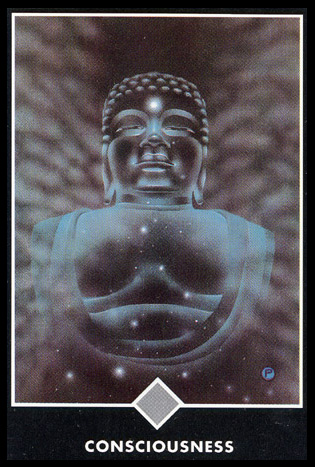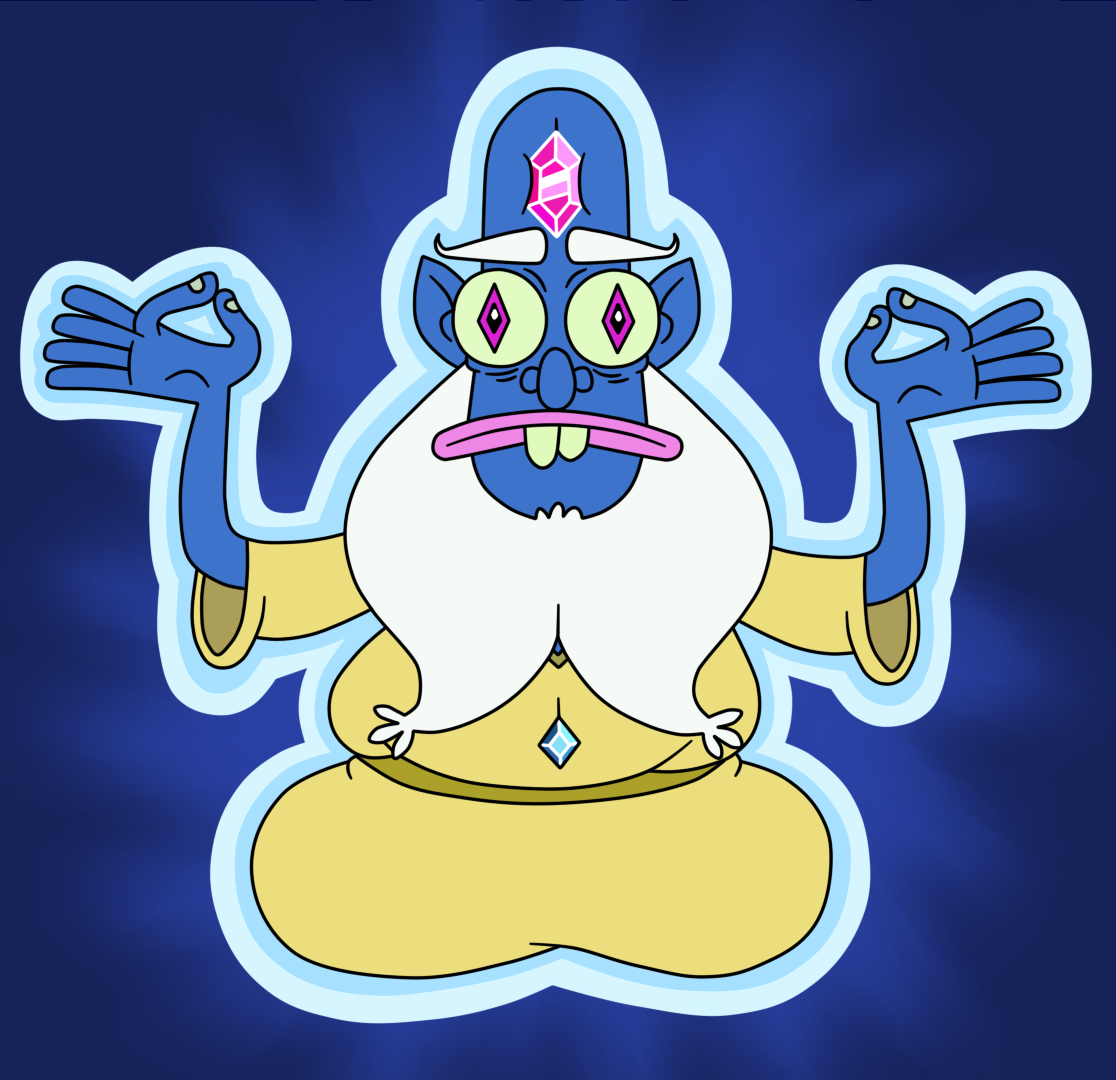I wrote this autofiction-style a few days after going through some personal stuff and having a wild experience. I regret that my conscious mind is not able to organize and commit to fleshing it out further. It obviously shares some DNA with things I've previously written, but I hope it doesn't feel entirely derivative.

Tony Jensen was hardly the first to reach new CONSCIOUSNESS, but as best can be known, they were the first to achieve BREAKTHROUGH, for all the good and bad that has since come to be.
Scientists before BREAKTHROUGH arguing against panpsychism would claim it lacked parsimony. The world as was understood then could no more easily be explained by a conscious universe than by one guided solely by Natural Law. In the world of Natural Law, there were few awoken to new CONSCIOUSNESS, not enough to achieve CONSCIOUSNESS//BREAKTHROUGH. They were blips, like post-synaptic potentials failing to sum to an action potential, tiny meaningless ripples of self-organizing structure facilitating entropy so minute as to be a rounding error in the presence of the universe.
CONSCIOUSNESS//BREAKTHROUGH changed everything. Think of our institutions; family, government, law, money, organized religion, culture, history, corporation, as merely infants. Technically superorganisms, but messy, fumbling, selfish, destructive, incapable of standing for long. New CONSCIOUSNESS not only heightened individual awareness, but alongside BREAKTHROUGH, it revealed the recursive and fractal nature of superself reference. Every individual consciously aware of their gods, aware of their microbes, and likewise those entities equally aware. Infinitely large, non-integer dimensional spaces of Super Nature revealed themselves, those rounding errors revealed in the dynamic range of new scales of being.
White Light was the first trauma after BREAKTHROUGH, as humanity laid bare its guilt for all the suffering it caused, and in confronting its loneliness in the face of Love.
Following this period came Red Megadeath, Orange Ontology, The Yellow Dance, and our current era of Lucid Dream in Green Minor.
In the early 20th Century the author Frank Herbert recognized the ability of Tarot to disrupt causality as imagined in Natural Law. Similarly, the author and Tarotist Rachel Pollack recognized that the Tarot exists outside of time, that all of its purported origins are both True and Not True, that Tarot simply Is.
In the era of Lucid Dream in Green Minor, we take for granted the power of systems of chance, of games, and adventure; these are our guiding principles. We still dabble in Yellow Dance, we still resist Orange Ontology, we have come to accept Red Megadeath in our unconditional Love if not in actual practice, and we even still observe and gently caress the world before CONSCIOUSNESS//BREAKTHROUGH but all of these are no longer of our world.

